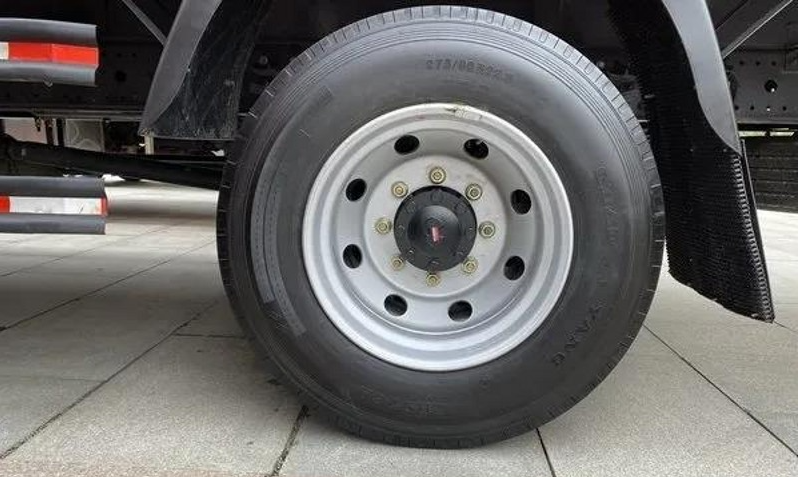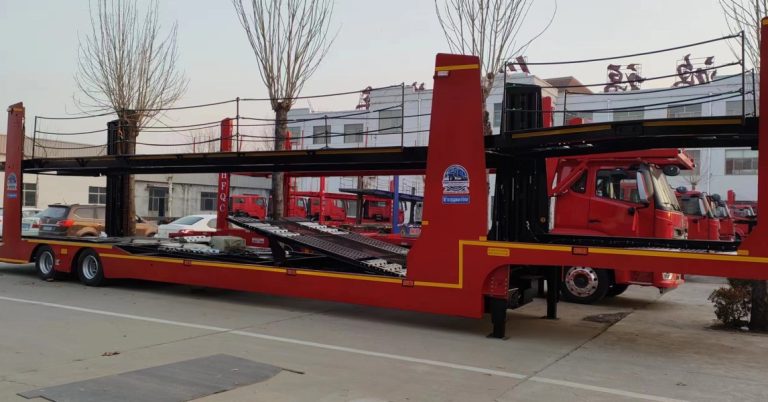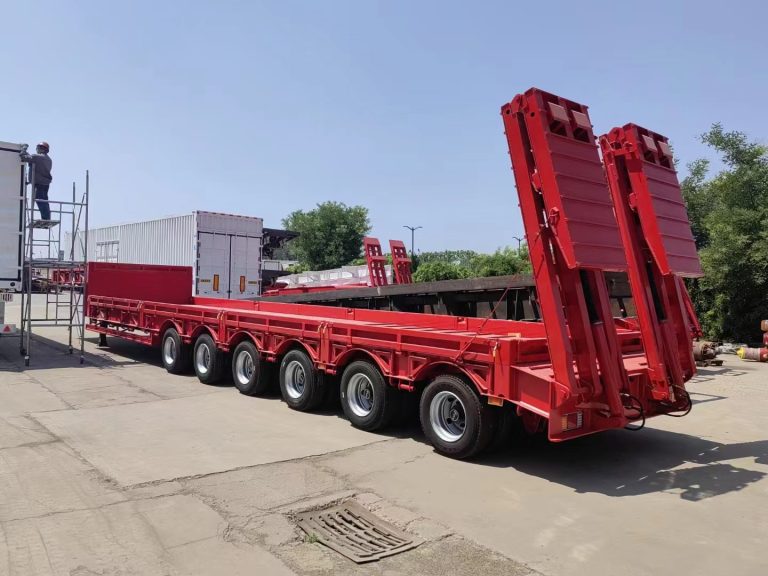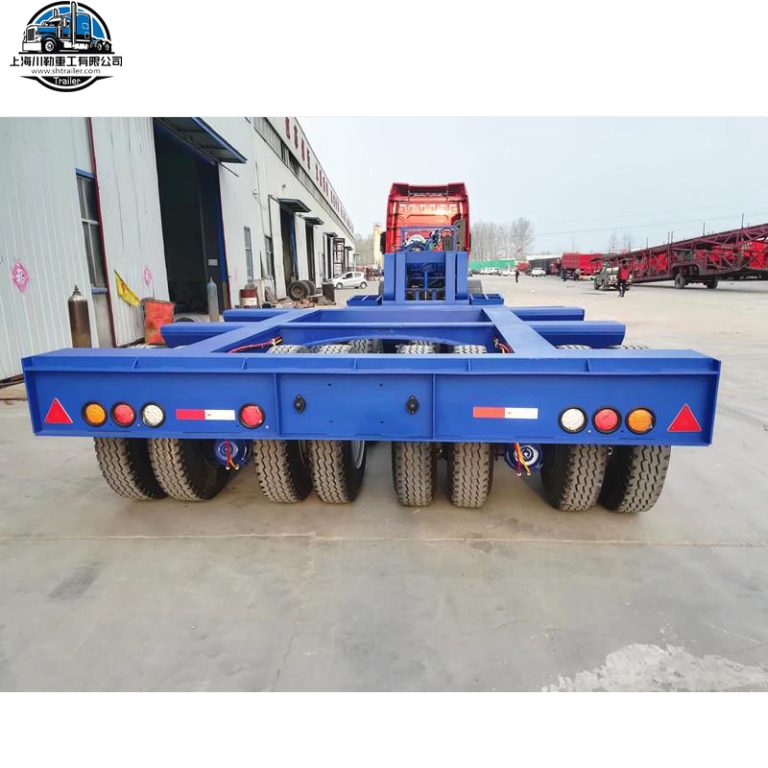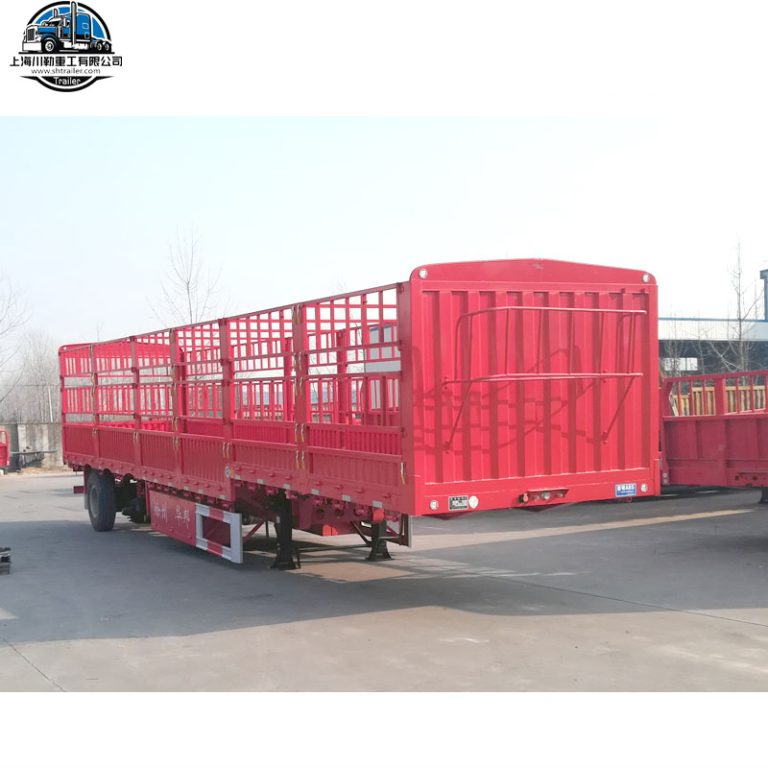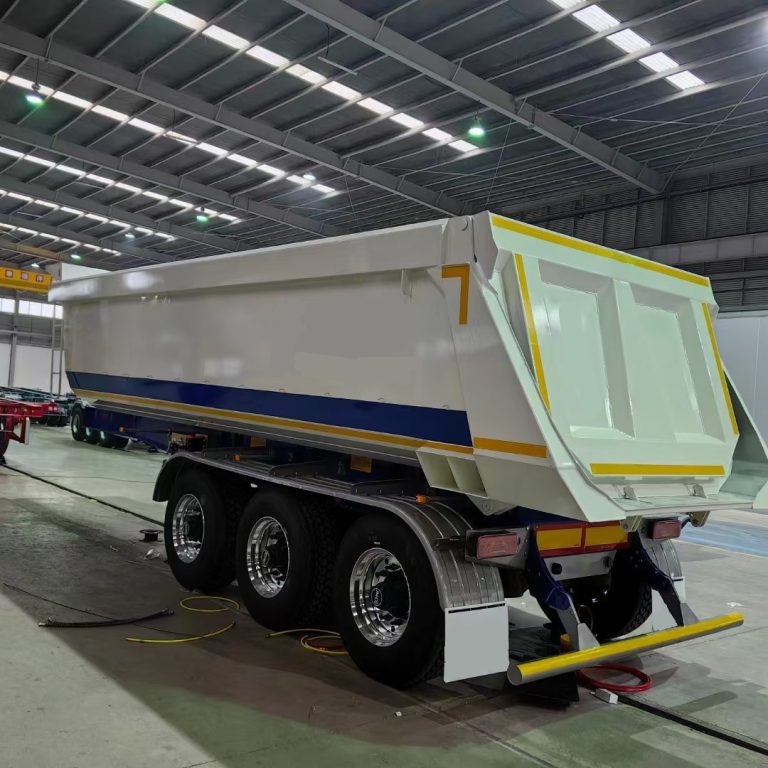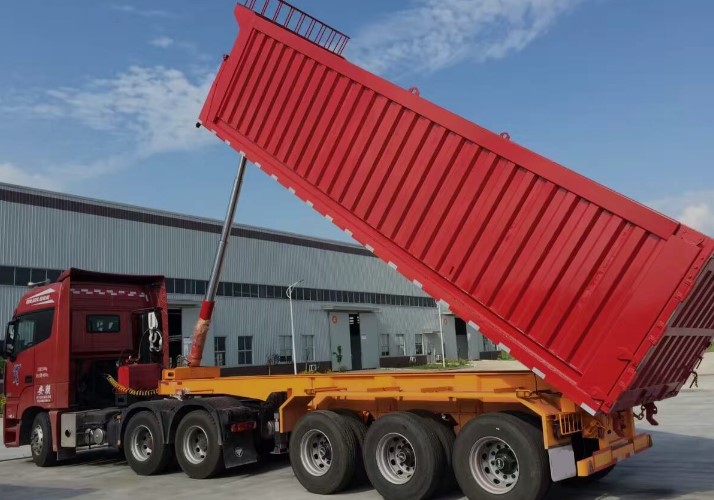Nowadays, the tires commonly used in the market are divided into two types: vacuum tires and ordinary inner tube tires. So how should we choose when we actually use them? What are the advantages of each? Let’s talk about these issues together today.
The two have similar appearances
but their structures are quite different
A vacuum tire (Tubeless) is a pneumatic tire without an inner tube and a cushion belt, also known as a low-pressure tire or a pneumatic tire.
The inner wall of this tire is designed with a rubber sealing layer about 2-3 mm thick, and a self-adhesive layer made of a special mixture of unvulcanized rubber is attached under the sealing layer. The airtight layer between the inner wall of the tire and the rim is used to achieve good airtightness between the tire and the rim, thereby replacing the role of the traditional inner tube.
It can be seen that the vacuum tire is not simply to remove the inner tube, but should be understood as the outer tube also has the role of the traditional inner tube. The structure of the vacuum tire is mainly composed of the outer tube, which is mainly the outer tread, the cord layer, and the carcass from the outside to the inside.
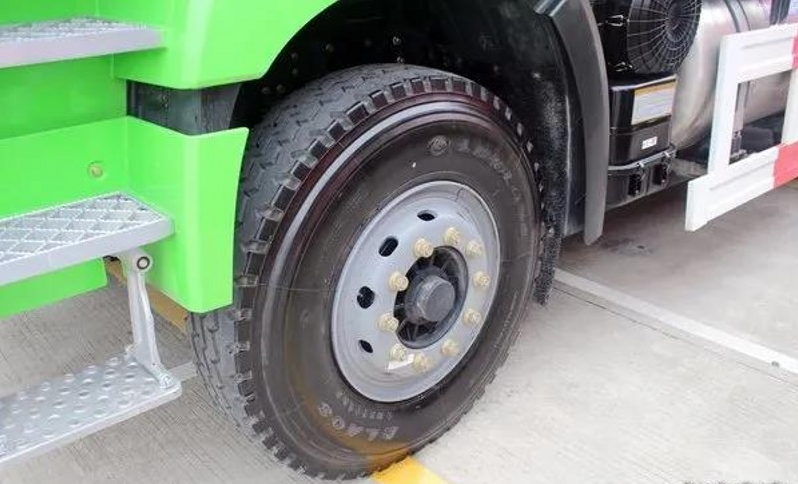
The main difference between tube type tires and vacuum tires is that they have inner tubes and fenders. This more traditional tire is now less and less used in cars, and is more used in some trucks or agricultural vehicles that require higher pressure bearing capacity.
From the outside to the inside, tube type tires are mainly composed of outer tubes, inner tubes and fenders. The outer tube is mainly composed of tread and cord layer. The fender is a ring-shaped tape used to protect the contact surface of the inner tube from rim wear and is installed between the inner tube and the rim.
So how do you tell whether your car is equipped with vacuum tires or tube tires? Vacuum tires and tube tires are not much different in appearance. There are two main ways to distinguish the two:
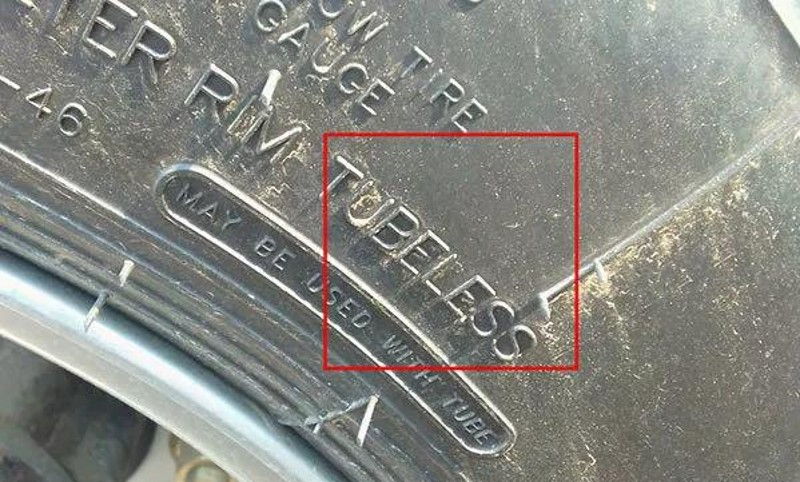
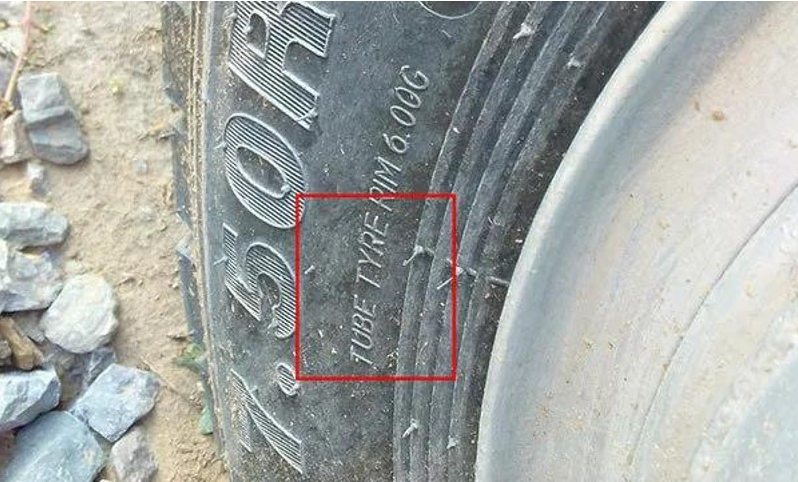
First, check the markings on the side of the tire. The side of a vacuum tire will be marked with “TUBELESS” or “TL”, while the side of a tube tire will be marked with “TUBE TYPE”;
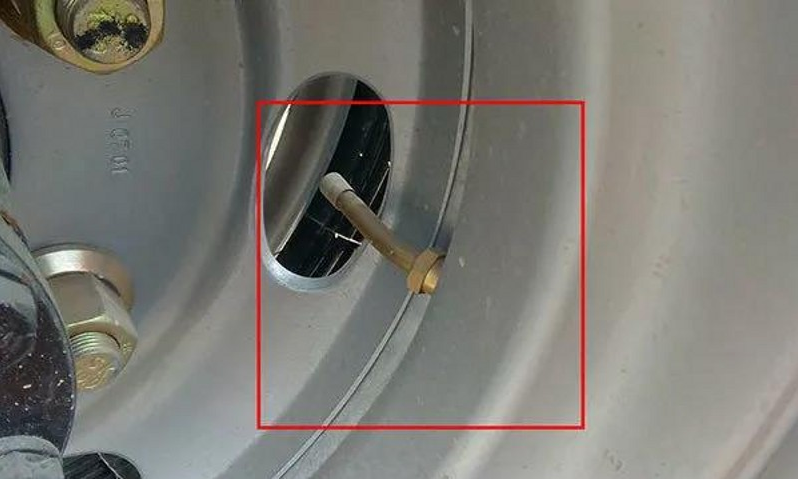
The second is to check the valve stem. The valve stem of the vacuum tire is directly fixed on the rim, while the valve stem of the tube-type tire is installed on the inner tube. This is due to their different working modes.
Both have their own advantages and disadvantages
Which one to choose depends on the specific working conditions
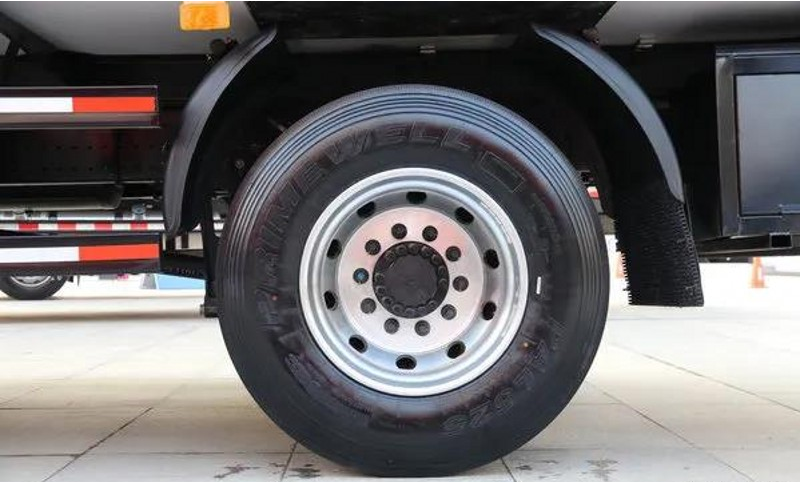
Compared with ordinary tube tires, vacuum tires have the following advantages:
- High safety
The surface of vacuum tires is a layer of high-quality rubber. After inflation, the surface tension increases, and a certain pressure is formed on the inner surface. The self-sealing ability of the puncture is strong. Therefore, after being punctured, the air leaks slowly, and it can still be driven to the repair point for repair. After the inner tube tire is punctured, the inner tube and the outer tube will quickly fill with air, and then the tire will be flat or even burst. - Long service life
Because vacuum tires do not have inner tubes and cushion belts, the internal friction heat generation is greatly reduced. Because the internal air is in direct contact with the rim, the heat can be directly dissipated through the rim, and the heat dissipation effect is relatively good, thereby extending the service life of the tire. - Lighter weight and lower fuel consumption
Because the inner tube and cushion belt are reduced, the weight of vacuum tires is lighter, and the weight of the rim parts is further reduced because the lock ring is reduced. It is said that replacing a set of inner tube tires with vacuum tires can be several hundred pounds lighter. Vacuum tires have low driving resistance and can save 3% of fuel. - Wear resistance and better comfort
Compared with conventional tires, vacuum tires have good elasticity, wear resistance and adhesion, which can improve the comfort and dynamic balance performance of the vehicle.
Although vacuum tires have various advantages, ordinary tube tires are not completely useless, otherwise tube tires would have been eliminated long ago. In comparison, they have the following advantages:
- Low manufacturing technology requirements and low cost
Because the working process of inner tube tires is relatively simple, the manufacturing technology requirements are low and the cost is also lower. If the inner tube tire is to be replaced with a vacuum tire, because the structure of the rim part is different, it is also necessary to replace the matching wheel hub. An ordinary vacuum tire plus a special wheel hub costs about 2800-3600 yuan. However, under normal use, vacuum tires have lower fuel consumption and lower operating costs. Overall, it is more cost-effective to use vacuum tires. - More pressure-resistant and stronger carrying capacity
Although vacuum tires are wear-resistant, they are not pressure-resistant, and their carrying capacity is relatively inferior. Some truck drivers replace the guide wheels with vacuum tires, and the rear drive wheels still use inner tube tires, which not only improves driving comfort, but also ensures carrying capacity. - Strong adaptability to harsh road conditions
Vacuum tires are more hypocritical. Although they are better adapted to asphalt and cement roads, they have low adhesion and poor stability on soil roads, especially muddy roads. Their adaptability to such harsh road conditions is not as good as that of inner tube tires. - The repair process is simple, the repair cost is low, and there are many repair points. Inner tube tires have lower manufacturing technology requirements, simpler repair process, lower repair costs, and more repair points. In some places, there are few vacuum tire repair points, and many drivers are worried that there is no place to repair the vacuum tire if it is punctured, so inner tube tires are more widely used.
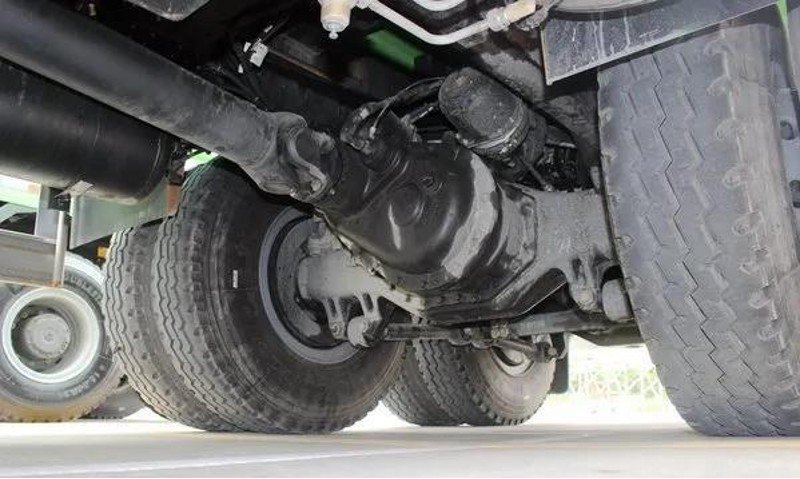
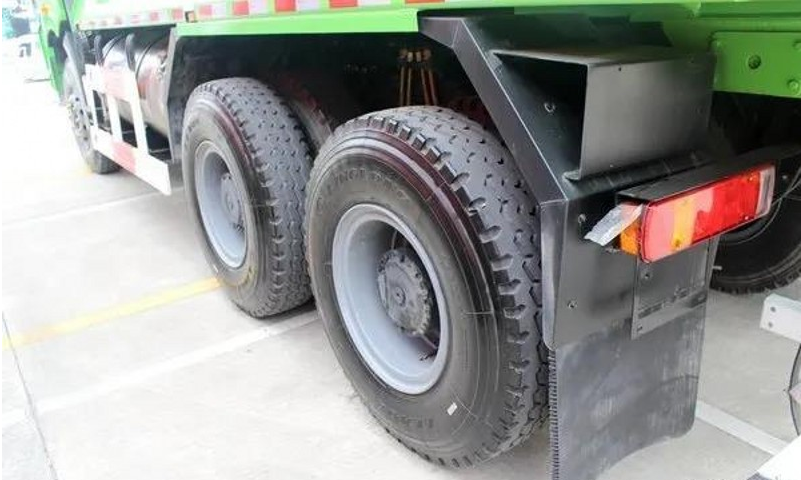
Special tools are required for the removal and installation of vacuum tires to avoid damaging the wheel rim and affecting its sealing. When repairing, the punctured vacuum tire should be removed from the wheel rim, and after finding the wound, a special tire repair rubber should be attached to the inner layer of the tire, and it should be firmly tapped with a hammer.
However, the vacuum tire after repair is still not durable enough. After a period of high-speed operation, the repaired part is prone to leak again. If the wound is large and serious, it is recommended to replace the new tire directly, because it is not only difficult to repair, but also the safety after repair is not guaranteed.
After reading the advantages of both, it is not difficult to conclude that vacuum tires are more suitable for long-distance high-speed driving, and inner tube tires are more suitable for harsh road conditions such as dirt roads, mountain roads, and construction sites in the suburbs. Truck drivers should fully consider the vehicle’s operating conditions when choosing tires.
Tubeless tires are a bit pretentious
Please pay more attention when using
Finally, here are a few things to note when using vacuum tires:
- The specified air pressure must be maintained during use
When checking the air pressure of vacuum tires, use a pressure gauge. Vacuum tires generally do not deflate by themselves except when punctured. When inflating, use a pressure gauge to check and maintain the specified pressure. Do not decide whether to inflate by feel or intuition like ordinary tires. The specified air pressure of the tire is generally marked on the tire. - Avoid being stabbed or punctured
Vacuum tires should also be used with caution to avoid being stabbed or punctured, avoid contact with acids and alkalis, and avoid being contaminated by oils, because these substances will accelerate the decomposition of rubber. The tires should also be kept clean during use to prevent rubber aging and extend the service life.
